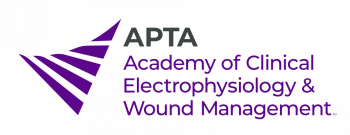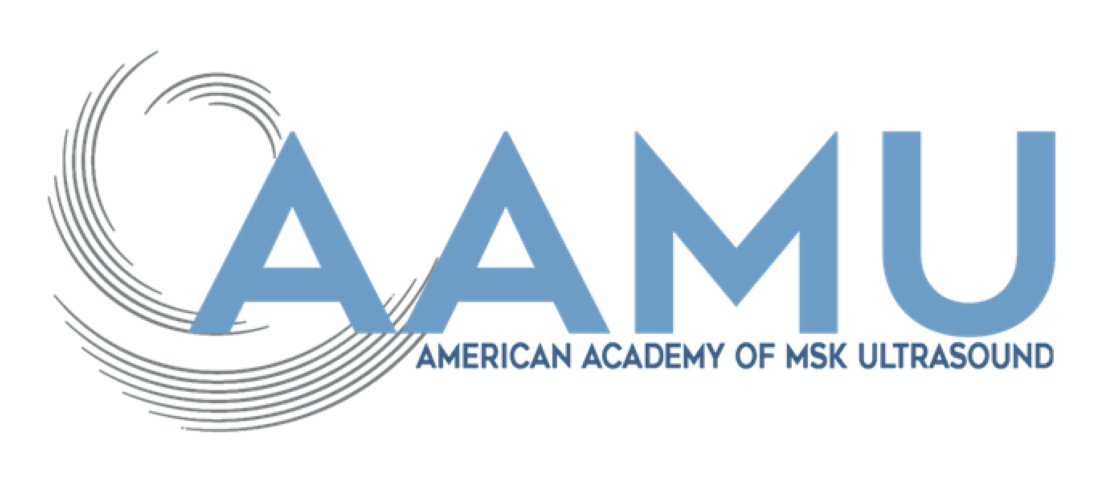The Revision of Integumentary/Wound Management Education Rec-ommendations for Entry-Level Physical Therapists: A Delphi Study
Abstract
Purpose
Neuromuscular electrical stimulation (NMES) is the use of electrical current to generate muscle contractions for the purpose of increasing strength. Typically, discomfort limits the current amplitude tolerated and consequently how much force the recruited muscle produces, which influences strength adaptations. The purpose of this study was to compare the maximally tolerated knee extensor muscle torque produced by two neuromuscular electrical stimulation devices: the Vectra Genisys® stimulator delivering a burst modulated biphasic pulsed current (BMBPC) and the Kneehab™ XP (KH) garment sleeve that delivers a biphasic pulsed current (BPC).
Methods
For 28 abled bodied participants we compared the percent of the knee extensor maximal volitional isometric torque (%KEMVIT) produced by the BMBPC of the VG and BPC of the KH. This was determined by measuring the maximally tolerated electrically elicited muscle torque normalized to their KEMVIT.
Results
Our results showed a significant main effect for the devices on %KEMVIT. The BMBPC of the VG produced significantly greater %KEMVIT, 38.1 ± 14.9, than the BPC of the KH, 29.3 ± 9.9 (P =.001). A majority of the participants (23/28) described the BPC of KH as more comfortable than the BMBPC of the VG.
Clinical Implications
For eliciting maximum knee extensor torque, the VG clinical stimulator delivering BMBPC was more effective than the BPC of the KH garment stimulator. However, the KH was preferred by 23 of the 28 (82%) participants likely because of the lower muscle torques produced.
Keywords:
Kneehab, Vectra Genysis, Neuromuscular Electrical Stimulation, Quadriceps Femoris Muscle


